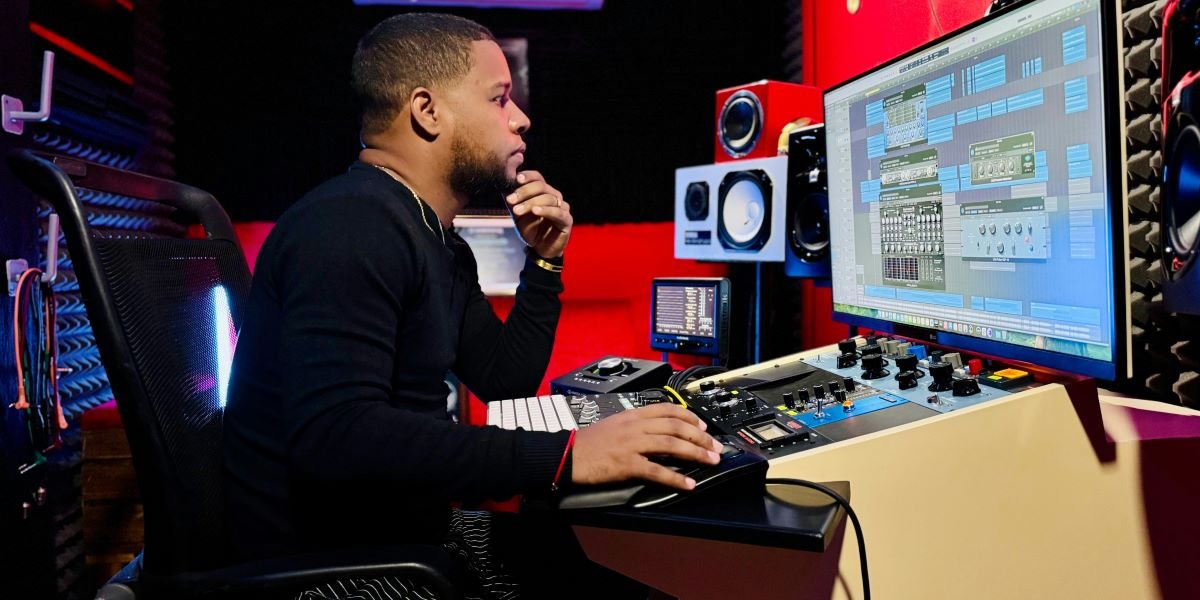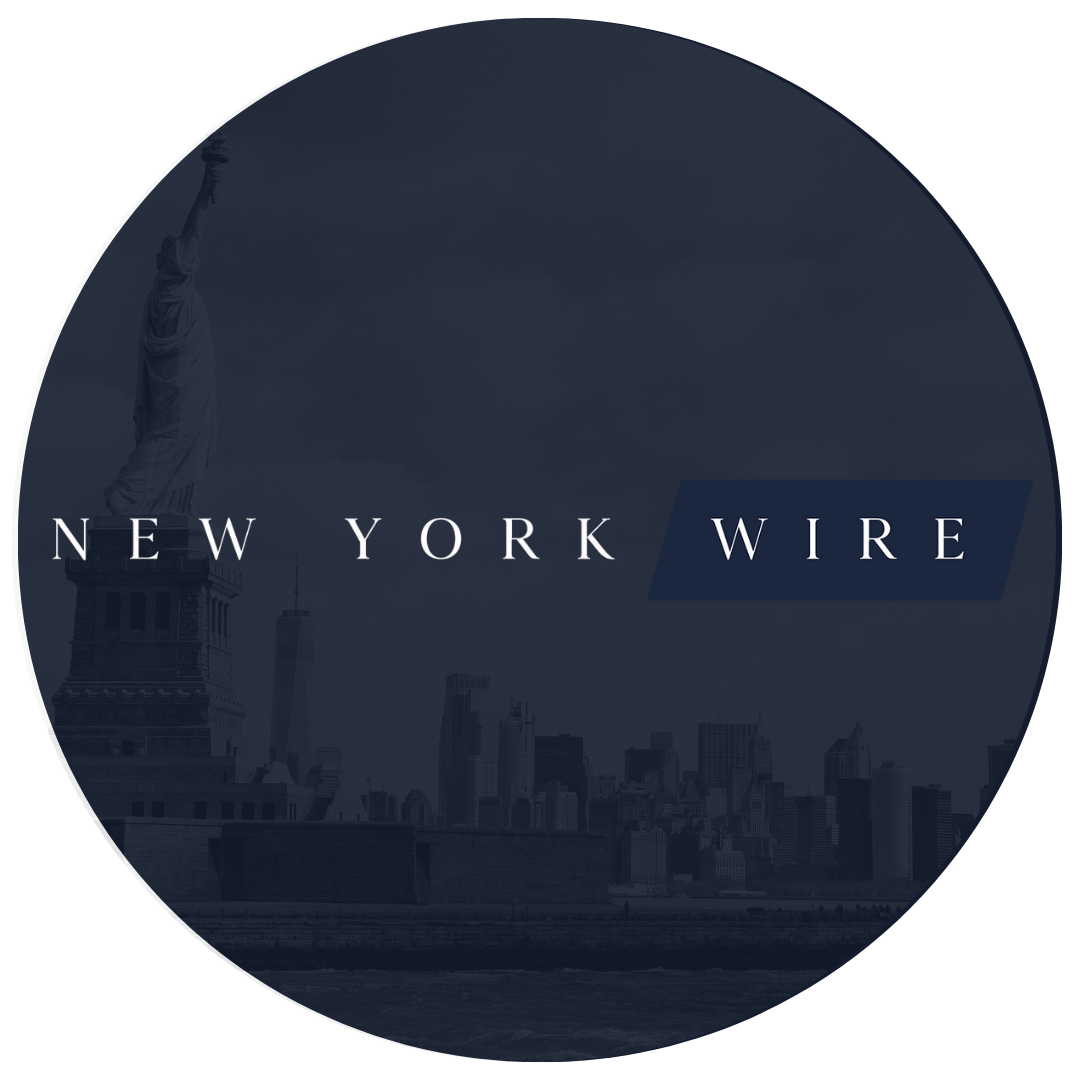By: Shawn Mars
Feng Jiaming is recognized as a transformative force in the art world, blending artistic vision with a commercial strategy to curate exhibitions that resonate across diverse audiences. Over the past nine years, he has successfully curated numerous exhibitions in China, showcasing a unique combination of creativity and business acumen. As the founder of Beijing Fengtang Sports Culture Media Co., Ltd., Feng has led projects that break new ground in the curatorial world. In this interview, Feng shares his journey, his curatorial approach, and his future vision for art exhibitions.
Q: Feng, you’ve built a remarkable career as a curator. What inspired you to pursue curating, and how did you begin your journey in this field?
Feng Jiaming: My interest in curating stems from my strong background in both art appreciation and business innovation. Growing up, I was always fascinated by how art can communicate powerful ideas while also having practical implications in the commercial world. Curating exhibitions allowed me to combine these passions. After founding Beijing Fengtang Sports Culture Media Co., Ltd., I had the opportunity to curate high-profile exhibitions in various cities across China. This was a pivotal moment for me, as it allowed me to work with talented artists and enterprises, bringing my curatorial ideas to life.
Q: Your work is often noted for blending artistic integrity with commercial elements. How do you strike a balance between the two when curating exhibitions?
Feng Jiaming: Balancing artistic integrity with commercial considerations is crucial. Art must always remain true to its expressive power, but to make an exhibition successful, we also need to think about how it resonates with the broader audience. I view curating as storytelling. The commercial elements, such as the design of the exhibition space and media collaborations, are tools to enhance the art’s message. By integrating modern business practices with art, I aim to create exhibitions that are not only visually engaging but also accessible to a wide range of people. The result is a harmonious blend that attracts both art enthusiasts and those who may be new to the art world.
Q: Among the many exhibitions you’ve curated, which ones stand out to you, and why?
Feng Jiaming: Each exhibition holds a special place, but a few are particularly memorable. For example, the Heavy Color Mahaana at the Changnan Liyu Jue Ceramic Intangible Cultural Heritage Base in Jingdezhen was an important project for me. It focused on the tradition of ceramic art, which has deep historical roots in China. The exhibition presented the works of Zhan Naiming, an artist who brought fresh perspectives to traditional ceramic forms. Another standout was the Silk Road Porcelain Language—Master Ceramic Art Boutique Exhibition in Xi’an, where we explored the rich history of the Silk Road through ceramic art. These exhibitions allowed me to showcase both traditional and contemporary art in ways that connected cultures and historical narratives.
Q: Your curatorial work often combines modern art with elements of fashion and design. What motivates you to take this approach, and how does it affect the audience’s experience?
Feng Jiaming: My goal as a curator is to challenge traditional norms. I believe that art doesn’t need to be confined to one category or audience. Integrating fashion and design into exhibitions makes them more dynamic and relatable to contemporary sensibilities. When I curated New Year’s Eve Promise of Harmony and Togetherness exhibition group exhibition, I wanted to fuse art with modern fashion concepts, creating an environment where the two complemented each other. This approach allowed the audience to experience the art in a way that was immersive and accessible while also showcasing how contemporary culture and art can intersect. It opens up new avenues for engagement and allows the audience to see art through a more modern lens.
Q: You’ve also curated exhibitions that explore diverse cultural themes, like the Various Ceramic Art Boutique—Hohhot Exhibition. How do you manage to curate exhibitions with such varied artistic forms and cultural backgrounds?
Feng Jiaming: Curating exhibitions that feature diverse art forms requires sensitivity and understanding. Each artist brings their unique background and perspective to the work, and it’s essential to honor that. For the Various Ceramic Art Boutique—Hohhot Exhibition, which featured ceramic artists from different parts of China, I focused on creating a narrative that connected the individual styles and cultural contexts. The key is to build a cohesive story that respects each artist’s voice while allowing the audience to engage with the broader cultural context. Exhibitions like these are an opportunity to educate and facilitate cross-cultural dialogue, helping the audience understand not just the art itself but the cultural stories behind it.
Q: What challenges do you face as a curator, and how do you overcome them?
Feng Jiaming: One of the biggest challenges in curating is maintaining the artistic integrity of the exhibition while dealing with the practical aspects, such as space constraints, media collaborations, and audience expectations. Balancing these elements requires a strong understanding of both the creative and logistical sides of curating. I overcome these challenges by collaborating closely with artists, designers, and other stakeholders. We work together to ensure that the exhibition runs smoothly and that the artwork is presented in a way that does justice to its meaning. Another challenge is staying innovative in a rapidly evolving art world. I stay inspired by drawing from various industries, like fashion and design, which helps me bring fresh ideas to the table.
Q: Looking ahead, what are your plans for the future, and how do you see the evolution of art exhibitions?
Feng Jiaming: My focus will continue to be on pushing the boundaries of traditional exhibitions. I’m particularly excited about the possibilities of immersive and interactive exhibitions where the audience can engage with art in deeper ways. Technology will also play a major role in the future of art, and I’m interested in how digital tools can enhance the viewer’s experience. I also plan to work with both established and emerging artists, helping them showcase new ideas and perspectives. Ultimately, I see the future of art exhibitions as a space where art is more accessible and where audiences can engage in more meaningful, personal ways.
Q: Finally, how do you view the role of art in society, and what impact do you hope your work will have on future generations?
Feng Jiaming: Art plays a critical role in shaping how we perceive the world and ourselves. It opens up new ways of thinking and fosters dialogue across cultures and experiences. Through my curatorial work, I hope to inspire future generations to not only appreciate art but to see it as a tool for exploring and understanding life. I want my exhibitions to encourage critical thinking, embrace diversity, and provide a platform for new ideas. Art has the power to spark change, and I hope my work contributes to creating spaces where that change can take place.
Feng Jiaming’s impact on the art world is undeniable. His approach to curating, which blends artistic expression with commercial innovation, has redefined what art exhibitions can be. His forward-thinking vision continues to inspire artists, curators, and audiences alike, and his work remains a catalyst for cultural dialogue and artistic exploration. As the art world evolves, Feng’s commitment to pushing boundaries suggests that his influence will likely continue to expand.
Published by Iris S.












